Is It Worth Buying an Infrared Laser Module
As laser engraving technology evolves, more creators and small business owners are exploring infrared laser modules for marking metals, plastics, and even leather with unmatched precision.
These modules promise ultra-fine engraving detail where diode and CO₂ lasers fall short — but they also come with a higher price tag and narrower material range.
So, is it really worth the upgrade? The answer is Yes.
In this guide, we’ll break down what infrared laser modules do and whether they’re the right investment for your old laser engraver.
What are IR Laser Modules? Fundamentals Explained
So, what exactly are we talking about?
When we say "infrared laser module," we're defining a very specific component.
- Infrared: This refers to the light spectrum invisible to the human eye, typically ranging from 700 nanometers (nm) up to 1 millimeter. It’s what many cameras use for night vision or what your TV remote employs.
- Laser: This isn't just any light. A laser is a highly focused, monochromatic (single color/wavelength), and coherent light source. This precision makes it incredibly useful for everything from cutting materials to transmitting data.
- Module: This is the critical part. A module isn't just a bare laser diode; it's a ready-to-integrate unit. It typically combines the laser diode itself with necessary optics (lenses for beam shaping), a driver circuit for stable power, and a housing for protection. It’s built for easy integration into your larger system.
In essence, an IR laser module is a compact, self-contained unit that emits a highly specific, invisible beam of infrared light.
It's designed for direct use in a vast array of applications, making complex laser technology accessible.

Why Choose Infrared? 2 Unique Advantages
Compared with traditional diode and CO2 lasers, IR modules overcome their material limitations, enabling precise engraving on both metallic and non-metallic surfaces.
1. Engraving Metals and Plastics with Precision
The main reason most users consider an infrared (IR) laser module is its ability to engrave metals and plastics — something diode or CO₂ lasers struggle with.
Operating at a 1064 nm wavelength, the IR beam can heat metal surfaces rapidly to produce oxidation or color changes, enabling true marking on stainless steel, aluminum, titanium, brass, and more.
It also works well on plastics such as ABS, PC, and PA, making it ideal for detailed logos, QR codes, or serial numbers that need to last.

2. Achieving Ultra-Fine Detail for Professional Results
Another strong motivation is precision.
IR lasers have a much smaller beam spot — often below 0.05 mm — delivering sharper lines and higher engraving resolution than typical blue diode lasers.
This makes them perfect for micro-text, jewelry, and brand marking, where clarity and consistency matter most.
Users choose IR modules when they want clean, professional finishes without burning or distortion on delicate materials.
Watch the video to see how IR laser engraving works on metal:
Key Specifications & Types of Infrared Laser Modules
Infrared laser modules typically operate at a 1064 nm wavelength, ideal for engraving metals and some plastics.
They come in two main types: fiber-based and solid-state (diode-pumped).
Power output usually ranges from 1 W to 20 W, with spot sizes under 0.05 mm for ultra-fine detail.
Fiber IR modules offer superior stability and beam quality for industrial use, while compact diode-pumped models suit desktop engravers.
Most feature air or passive cooling, precise focusing lenses, and fast-switching drivers for marking speed and consistency.
Together, these specs make IR modules perfect for high-precision metal marking and detailed plastic engraving where diode or CO₂ lasers fall short.
IR Laser Modules Buying Guide - Compatibility
When choosing an infrared laser module, start by defining your engraving needs — mainly whether you plan to mark metals, plastics, or leather.
- Look for a 1064 nm wavelength for reliable results on reflective materials.
- Power levels between 1 W–5 W are ideal for fine marking, while 10 W+ suits deeper engraving or industrial use.
- Check the beam spot size (smaller means higher precision) and cooling system (air or water).
- Compatibility with your current laser machine is essential — many desktop engravers support modular upgrades.
Usually, IR laser modules are compatible with machines from the same brand.
However, always double-check before purchasing to avoid buying a module that can’t be used.
Finally, consider brand reliability, after-sales support, and safety features like goggles and ventilation before purchasing.
IR Laser Module from Creality Falcon Laser Recommended
If you’re looking to expand your engraving capabilities, the IR Laser Module from Creality Falcon is a perfect upgrade for those who need to mark metals, plastics, or leather with high precision.

Operating at a 1064 nm wavelength, it delivers ultra-fine engraving results that ordinary diode lasers can’t achieve.
This module is exclusively compatible with the Creality Falcon A1 Pro, ensuring seamless plug-and-play installation and stable performance.
With its 0.05 mm spot size, durable design, and reliable safety protection, it’s an ideal choice for creators who want professional-grade metal and plastic engraving in a compact desktop setup.
Is There Any Infrared Laser Module Compatible with All Machines
Unfortunately, the laser engraver market hasn’t reached a unified standard like Type-C.
There isn’t a universal infrared (IR) laser module that’s compatible with all laser engraving machines.
Each brand designs its modules with specific mounting interfaces, control boards, and firmware.
Even if the wavelength (1064 nm) and power are similar, the connectors, voltage, and signal protocols often differ.
For example, the IR Laser Module from Creality Falcon is only compatible with the Falcon A1 Pro, not with other Falcon models or third-party machines.

If you’re considering an upgrade, always check the official compatibility list or consult the manufacturer before purchasing to avoid mismatched modules.
Conclusion
Infrared laser modules open a new level of precision and material flexibility that standard diode or CO₂ lasers can’t match.
They excel in engraving metals, plastics, and leather, making them ideal for creators who demand professional detail and durable marks.
However, they also come with higher costs and limited compatibility — especially since each brand uses unique interfaces and firmware.









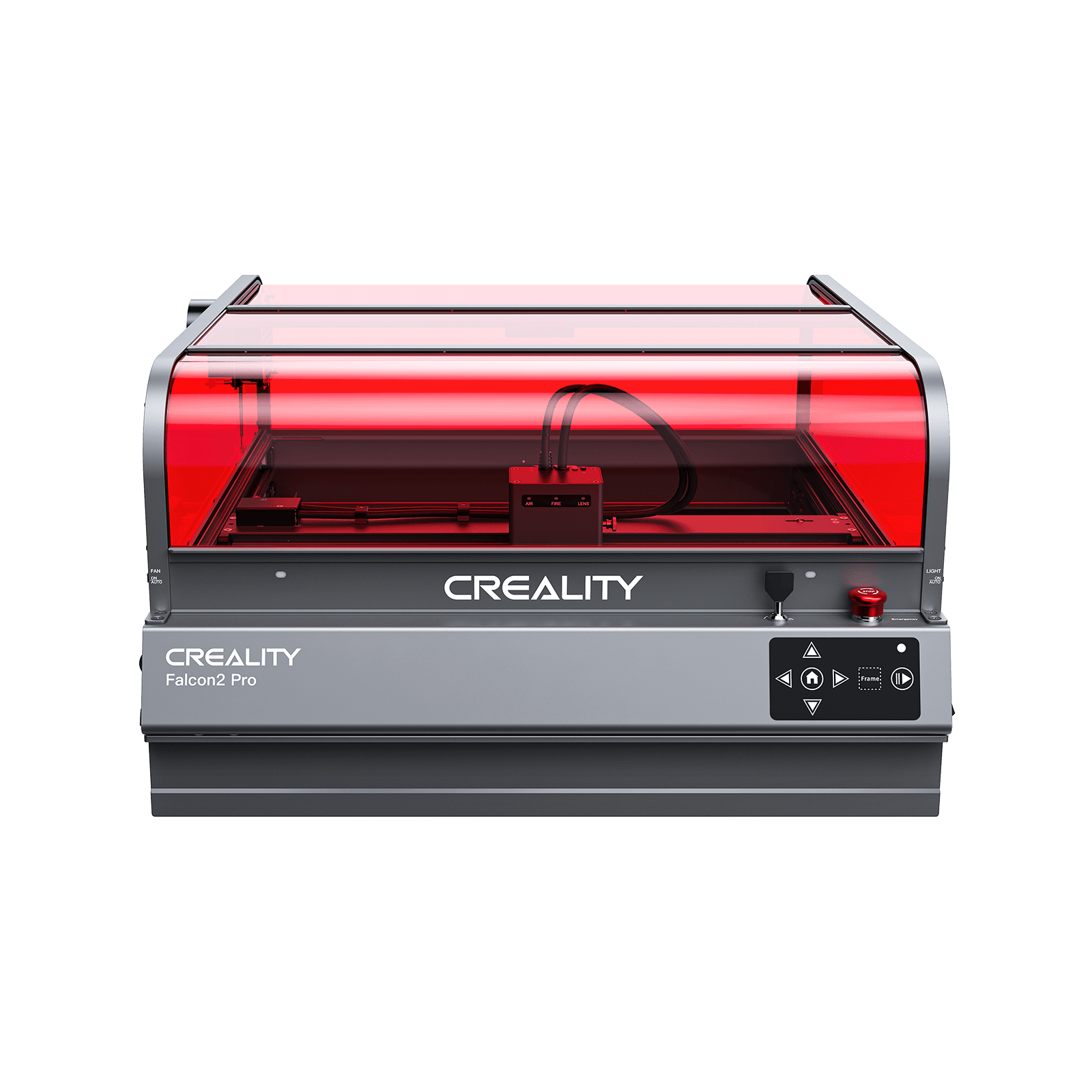






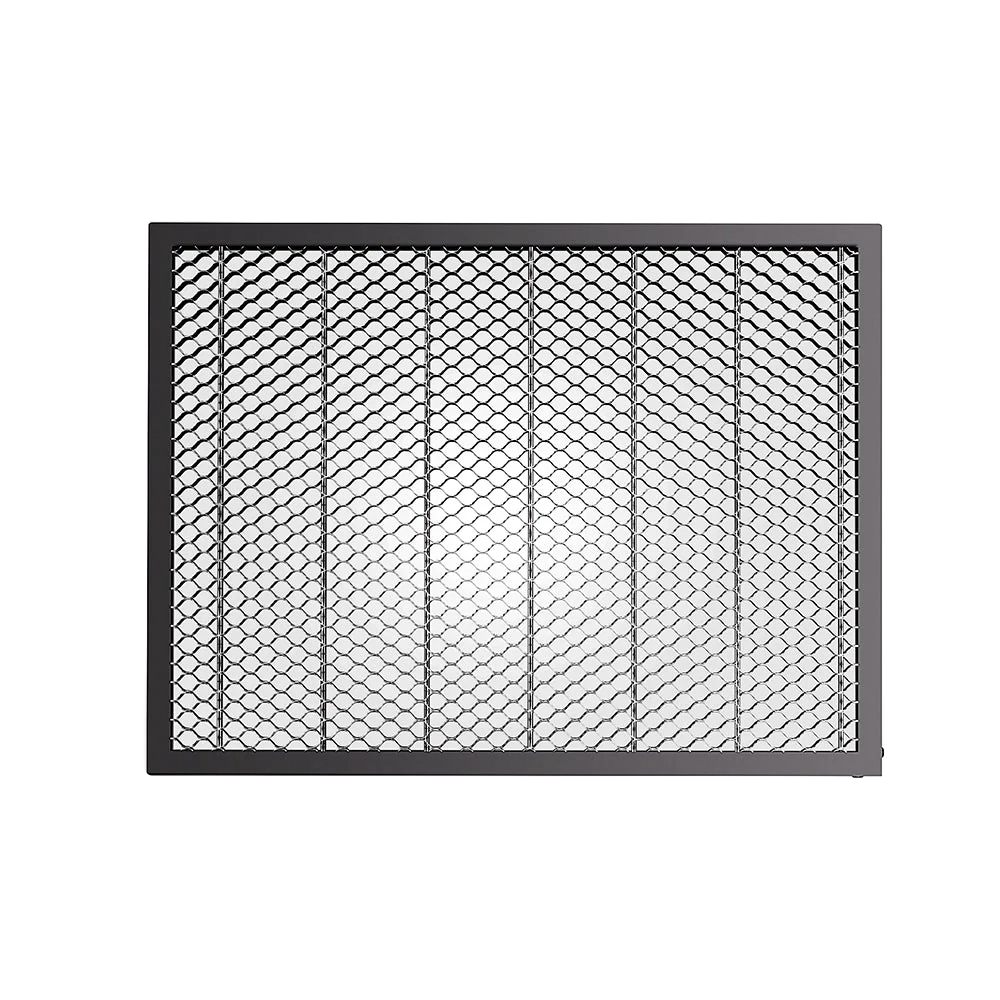







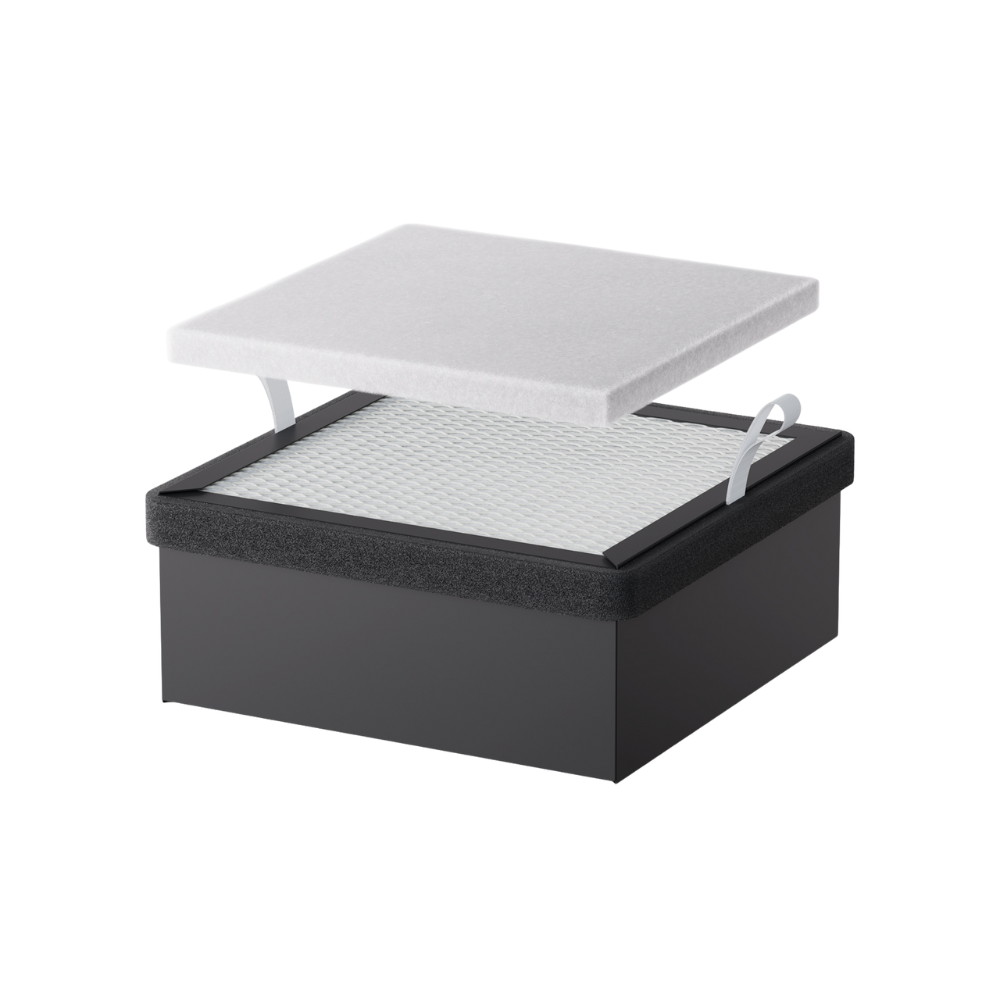







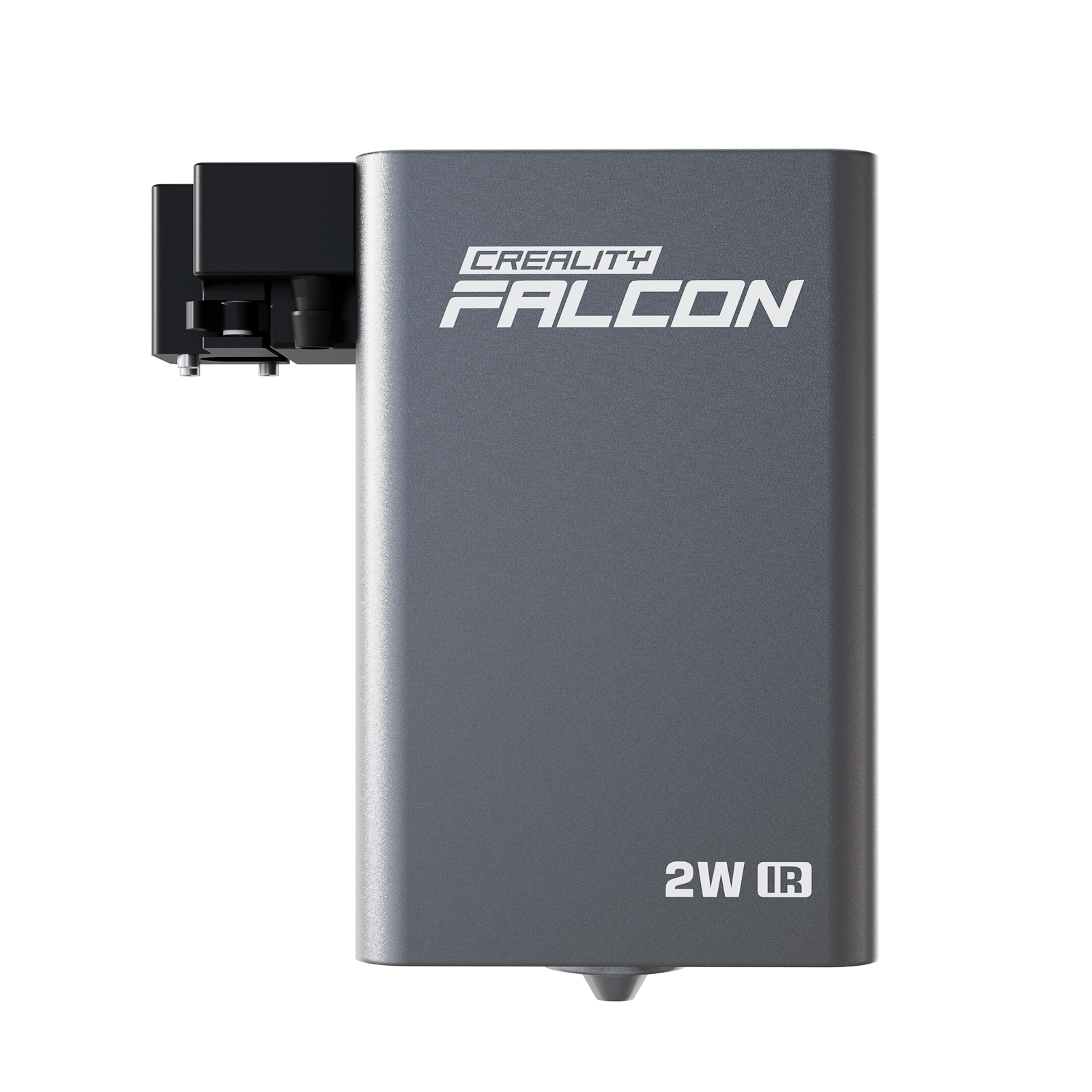


















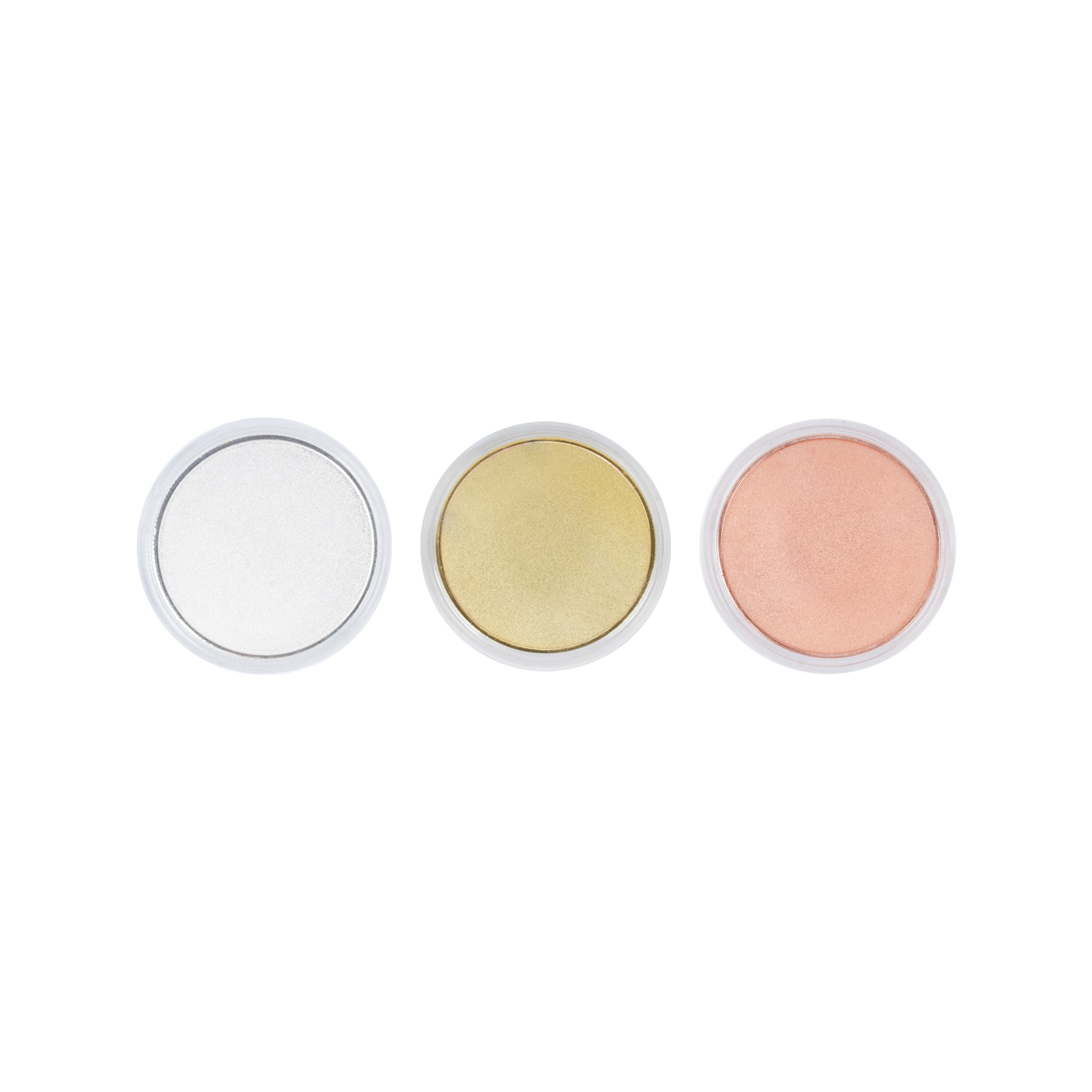
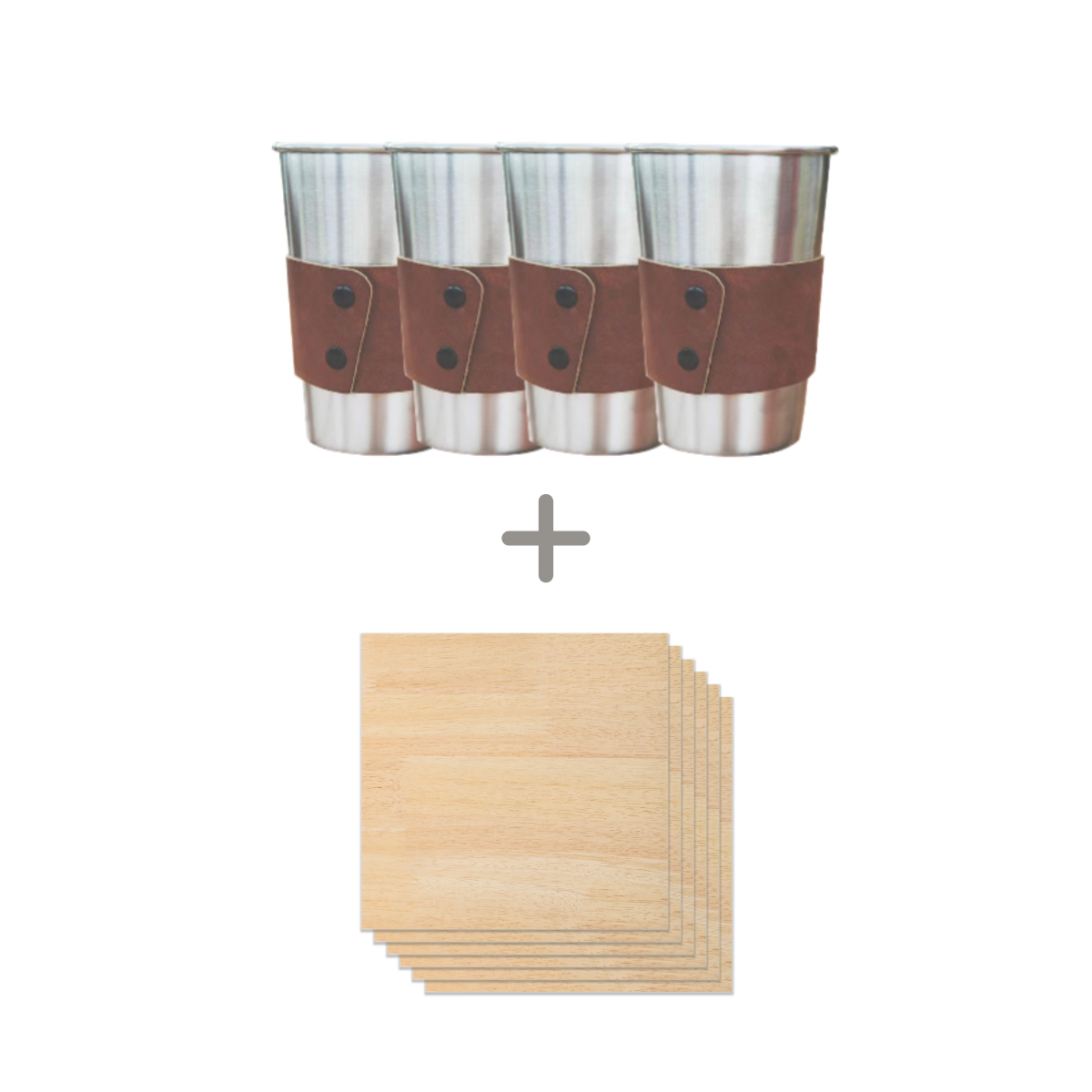





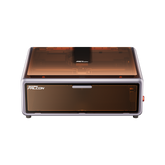

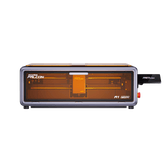
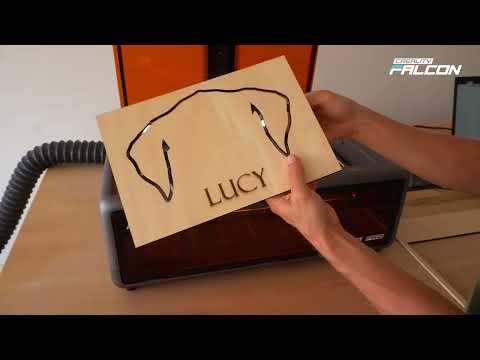
Leave a comment
Please note, comments need to be approved before they are published.